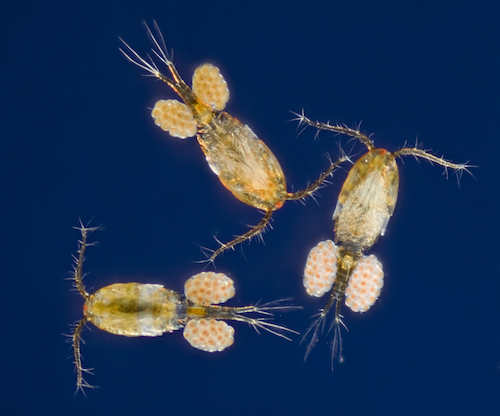I have a nasty case of excessively thick cyano in my 3 month old Red Sea Reefer 250. It is not a thin coat here and there it is a thick mat that covers huge sections of the tank. This is not my first rodeo but this is by far my worst case and it seems that I have a very virulent strain. I'm starting to wonder if lack of phosphate could be contributing to the cyano and allowing it outcompete and gain hold.
A little bit about my tank:
As I said it has been set up for a little over 3 months. I've used dry rock that was allowed to cure until it reached near zero PO4 with my Hanna ULR (this took several months). Tank has a Deltec 1351 Skimmer and a single Radion G3 (I will be setting up 2 radion G4s to replace it once the cyano kicks). Only other filtration is a bag of carbon that I threw in last night and a small ball of chaeto that is getting overrun by the cyano. I am running a single MP40QDw pretty hard so flow is not weak. I will be adding a gyre and hope to get a 3rd powerhead in the mix as well. I only feed a minimal amount of LRS Reef Frenzy once a day.
What I've done so far:
During the setup I did dose MB7. I am not dosing any other additives. I've done Twilliard's H202 test and per the test it does appear to be true cyanobacteria (not spirulina). I've been dosing H202 (1mL per 10 gallons) 2x/day for about a week now. This may have had a mild effect but was not yet doing the trick. To help I've started a blackout (I'm on day 4) which seems to have taken out about 2/3 of the cyano.
Before the blackout I was getting a 0 reading on my Hanna ULR. I figured it was because the cyano was taking it all up but on day 3 (yesterday) of the blackout I'm still not measuring any PO4. This leads me to believe the cyano is feeding solely off of detritus and other algae may be PO4 limited. I'm debating dosing some PO4 to let other algae gain hold once the lights go back on. Any thoughts are appreciated!
A little bit about my tank:
As I said it has been set up for a little over 3 months. I've used dry rock that was allowed to cure until it reached near zero PO4 with my Hanna ULR (this took several months). Tank has a Deltec 1351 Skimmer and a single Radion G3 (I will be setting up 2 radion G4s to replace it once the cyano kicks). Only other filtration is a bag of carbon that I threw in last night and a small ball of chaeto that is getting overrun by the cyano. I am running a single MP40QDw pretty hard so flow is not weak. I will be adding a gyre and hope to get a 3rd powerhead in the mix as well. I only feed a minimal amount of LRS Reef Frenzy once a day.
What I've done so far:
During the setup I did dose MB7. I am not dosing any other additives. I've done Twilliard's H202 test and per the test it does appear to be true cyanobacteria (not spirulina). I've been dosing H202 (1mL per 10 gallons) 2x/day for about a week now. This may have had a mild effect but was not yet doing the trick. To help I've started a blackout (I'm on day 4) which seems to have taken out about 2/3 of the cyano.
Before the blackout I was getting a 0 reading on my Hanna ULR. I figured it was because the cyano was taking it all up but on day 3 (yesterday) of the blackout I'm still not measuring any PO4. This leads me to believe the cyano is feeding solely off of detritus and other algae may be PO4 limited. I'm debating dosing some PO4 to let other algae gain hold once the lights go back on. Any thoughts are appreciated!




















